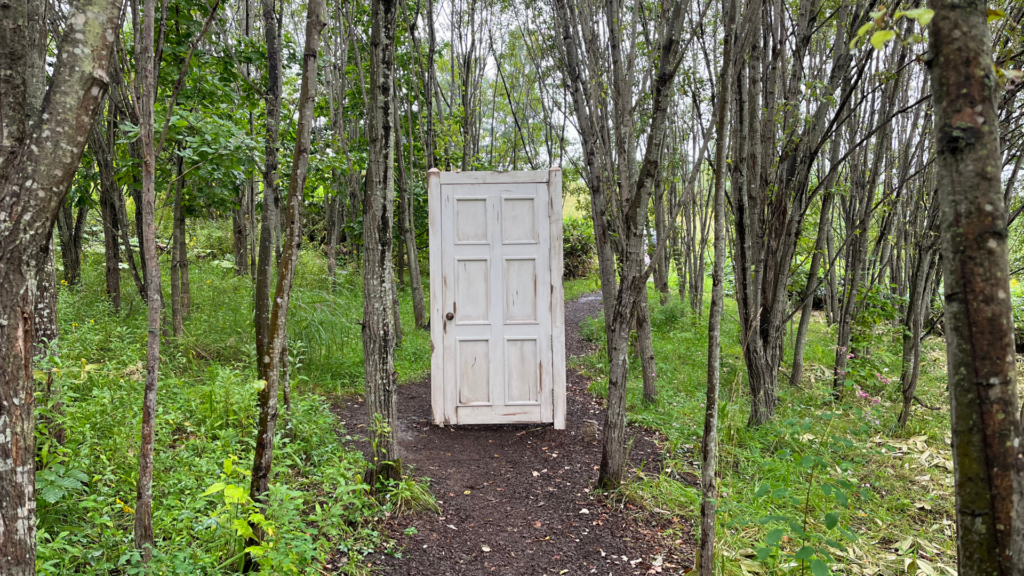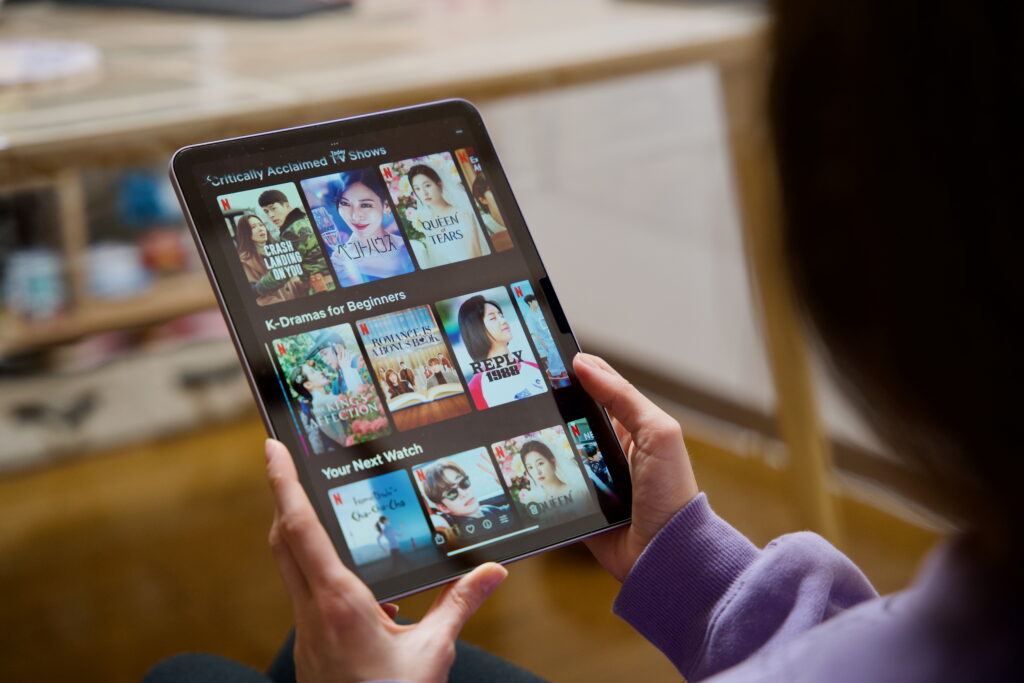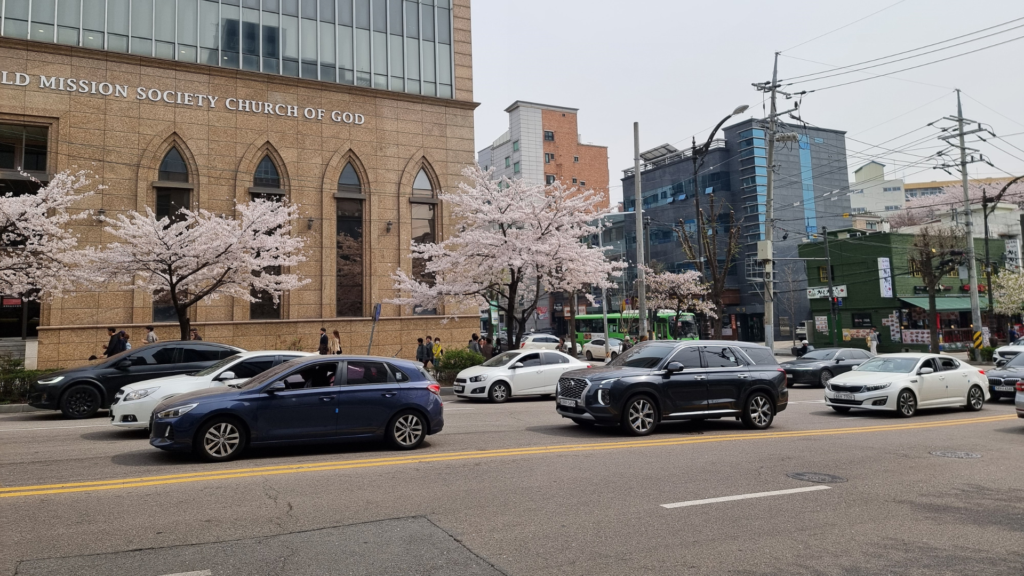We have already read in a previous article which objects are typical in today’s Korean homes. Many other pieces of furniture and objects are the same as those we generally use, but what are their names in Korean?
Let’s take a look at some useful Korean expressions and words used at home.
Furniture and household objects in Korean
If you find yourself in a Korean home, it might also be useful for you to know the names of the various objects in it.
Let’s start with the living room (거실, geosil). Here we find the sofa (소파, sofa), the television (텔레비전, tellebijeon), the bookcase (책장, chaekjang) and maybe even a dining table (식탁, siktak) with chairs (의자, euija).
In the kitchen (부엌, bueok, or 주방, jubang), we find various household appliances (기기, gigi), such as the refrigerator (냉장고, naengjanggo), the freezer (냉동고, naengdonggo) and, in particular, the fridge for kimchi (김치 냉장고, gimchi naengjanggo) and the rice cooker (전기 보온밥통, jeongi boonbaptong). The various cooking utensils (도구, dogu) include saucepans (냉비, naengbi), frying pans (프라이팬, peuraipaen), bamboo basket for steaming (찜통, jjimtong), ladle (국자, gukja), chopsticks (젓가락, jeotgarak), spoon (숟가락, sutgarak) and scissors (가위, gawi).
We now move on to the bedroom (침실, chimsil). Not all houses have a bed in this room (침대, chimdae); many still prefer to use the traditional futon, called yo (요) in Korean. Both solutions, however, include bedding (침구, chimgu) consisting of a blanket (이불, ibul) and pillow (베개, begae). Also in this room, we find a wardrobe wardrobe (옷장, otjang) and a mirror (거울, geoul).
Finally, we come to the bathroom (화장실, hwajangsil). Here we find a toilet (변기, byeongi), shower (샤워, syawo) and washbasin (세면기, semyeongi), appliances such as a hairdryer (헤어드라이어, heeodeuraieo), washing machine (세탁기, setakgi), dryer (건조기, geonjogi) and shaving razor (면도기, myeondogi) and items such as towel (수건, sugeon), cosmetics (화장, hwajang), comb (빗, bit), toothbrush (칫솔, chitsol) and toothpaste (치약, chiyak).
Korean expressions to use at home
In addition to the expressions seen above, when leaving and returning home in Korea, it is customary to greet people with special expressions. When you go out, you use ‘다녀오겠습니다‘ (danyeo-ogesseumnida), which literally means ‘I hang out (implying a certain place) and then come back’. On the other hand, when one returns home, instead of a simple greeting, one announces oneself by saying ‘돌아왔습니다‘ (dorawasseumnida), which literally means ‘I’m back’.
On the other hand, those who stay at home, in order to greet the person who is leaving, may say “잘 가” (jal ga) or “잘 다녀와” (jal danyeowa), which literally mean “go well/go out well” and “hang out well and come back”. Obviously said in this way, these phrases may sound a bit weird, but they are simply typical forms of greetings to be used in these contexts.
Another useful expression to use at home is 잘 먹겠습니다 (jal meokgesseumnida) which literally means “I will eat well“. On the one hand it expresses gratitude on the part of the person receiving food towards the person who prepared it, a way of reassuring them that it will not go to waste. On the other hand, it expresses happiness on the part of the person who prepared it towards the other diners for eating that meal together. Alternatively, for those who do not eat but still want to wish others a good meal can say phrases such as “다 먹어” (da meogeo), “많이 먹어” (manhi meogeo) or simply “잘 먹어” (jal meogeo), which respectively mean “eat it all”, “eat a lot” and “eat well”.
Finally, it can be useful to know how to say good night to others. Again, the expression is formed with the adverb ‘well’ and literally means ‘sleep well’ (잘 자, jal ja). Alternatively, one can also use 푹 쉬어 (puk swieo), which means ‘rest fully’. The latter expression, however, can also be used at other times when one wishes the other person to rest.
That’s the end of this round-up of Korean words to use at home that might come in handy in Korea.
If you are still in the early stages of your study of the Korean language, you may have struggled a bit to read all these terms. Therefore, we recommend that you also read our article on the Korean alphabet.
We hope you enjoyed this article! For more information on Korean language and culture, keep following the Go! Go! Hanguk blog and do not hesitate to contact us about living and studying in Korea.
















